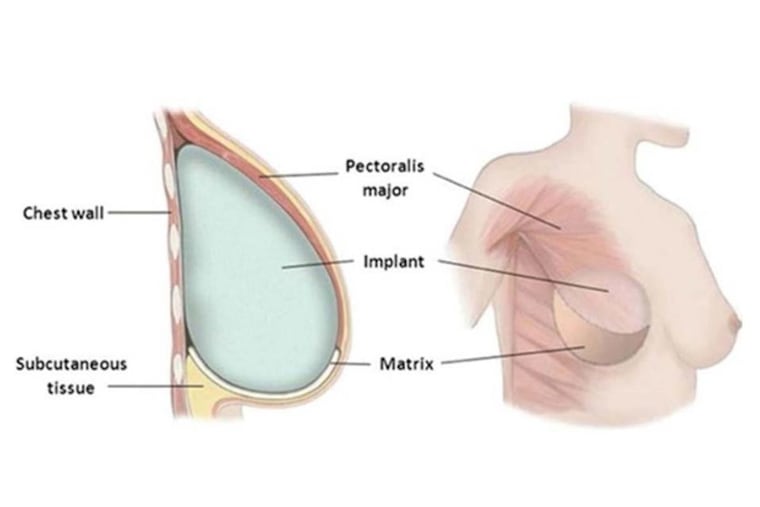Breast reconstruction mesh may increase risks after mastectomy. FDA looks for answers.
Many surgeons believe reconstructive breast surgery is improved by using a skin substitute to cradle implants. But surgical mesh may actually increase complications, and the government is grappling with how to tighten its oversight.
